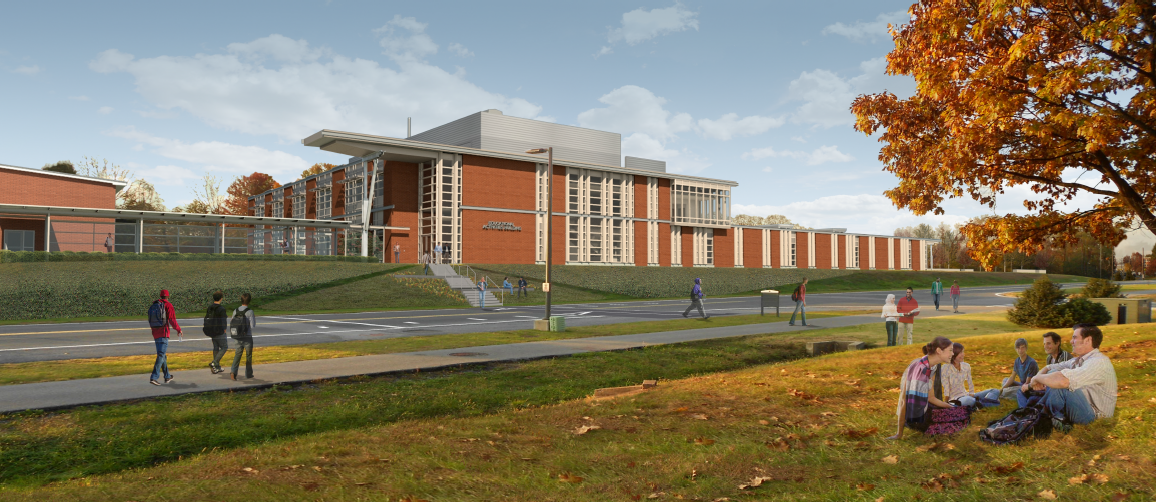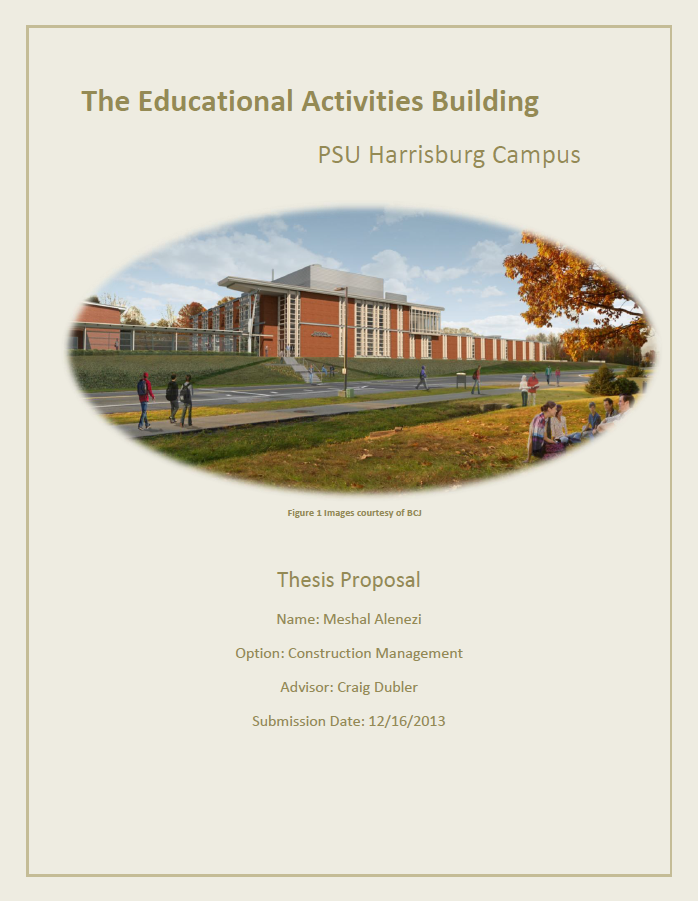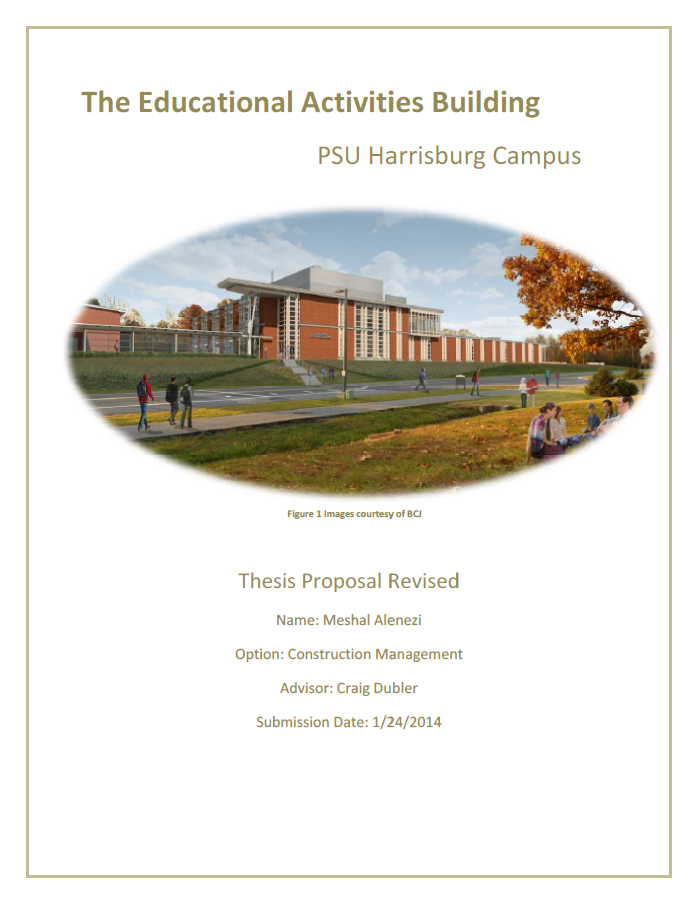
Educational Activities Building
| |
| Home |
| Biography |
| Building Statistics |
| Thesis Research |
| Thesis Proposal |
| Presentation |
| Final Report |
| Reflection |
| Senior Thesis e-Studio |
Thesis Proposal:
Analysis 1: Technology Integration for Information Management
This part addresses the issues related to communication and information
handling in the Educational Activities Building project. The solution proposed
consists of several parts; creating a system to share information and utilizing
technology tools such as tables on the construction site. This idea was
generated from one of the breakout sessions at the 22nd annual PACE Roundtable.
Analysis 2: MEP Modularization
The MEP system modularization analysis is expected to provide a solution
for job site congestion. If this solution is implemented on the project, there
will be a reduction in the schedule and increased productivity and safety.
Multi-trade modularization was also one of the critical industry issues that
were discussed in the 22nd annual PACE Roundtable. Additionally,
a constructability review will be performed on this analysis and an
architectural breadth.
Analysis 3: Structural Steel Sequencing
The structural steel erection activities are on the critical path of the schedule
and many other activities have a finish-to-start relationship with it. Any delays
in the structural steel activities mean that the completion date of the project
will be pushed. In this analysis, few sequencing plans will be created and
evaluated based on a several criteria.
Analysis 4: Alternative Roof System (Green Roof)
This analysis was considered due to the importance of sustainability to the
owner “Penn State” and an opportunity to obtain several extra LEED credits
to achieve LEED Silver Certification. Different green roof systems will be
analyzed and evaluated to pick the best alternative. In addition, a structural
breadth will be performed due to the extra dead weight imposed by the
green roof system.Breadth 1 Mechanical
The proposed MEP system modularization is a great potential solution for
the site congestion problem. For this analysis to be successfully completed
an architectural breadth analysis will be needed. Although, this is mainly
a mechanical analysis but it directly affects the architectural design of the building.
This breadth analysis will focus on the constructability review of the MEP
modularization. Changes such as modifying the ceiling height will be
investigated to enable the constructability of this solution. Any changes in
the system will be documented to ensure the feasibility of implementing the MEP
system modularization without negatively affecting the schedule, cost and quality.Breadth 2 Structural
To see a PDF of the assignment, please click on the image below:
To take advantage of potential extra LEED credits, improve the building
sustainable performance and reduce the mechanical load, a green roof
system will be analyzed as a possible solution. In order to do implement
this alternative, a breadth analysis will be performed on the roof structure.
As mentioned in the building statistics 2 assignment, the current roof structure
is made of a composite metal deck covered with a 3.25” layer of light weight
concrete. The green roof system will impose additional dead weight on the roof
structure which might be redesigned to adapt the extra weight.
To see a PDF of the revised assignment, please click on the image below:
| Senior Thesis Main Page |
| Penn State |
| AE Department |
| AE Computer labs |
| Contact Meshal |
©2013"

